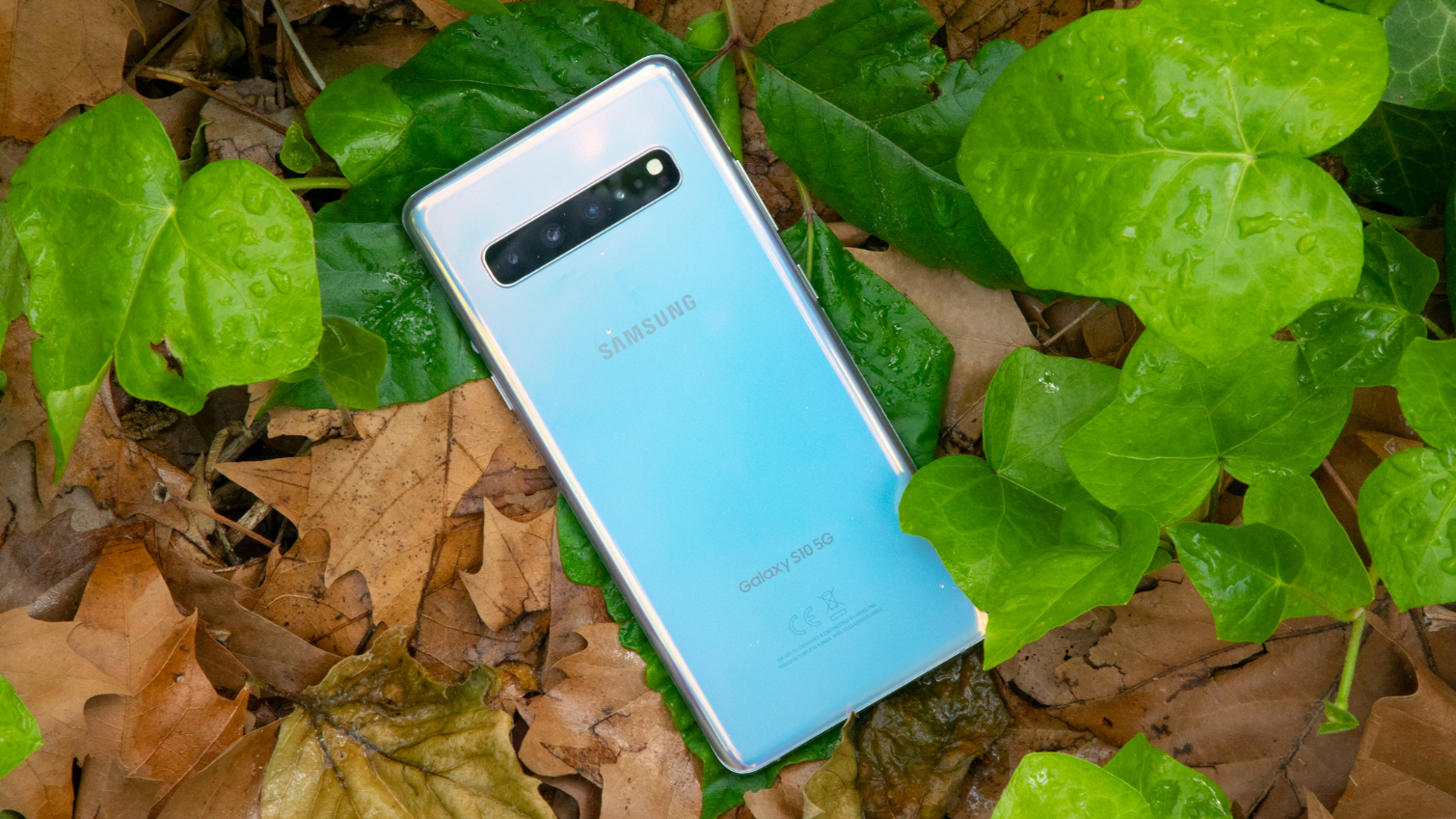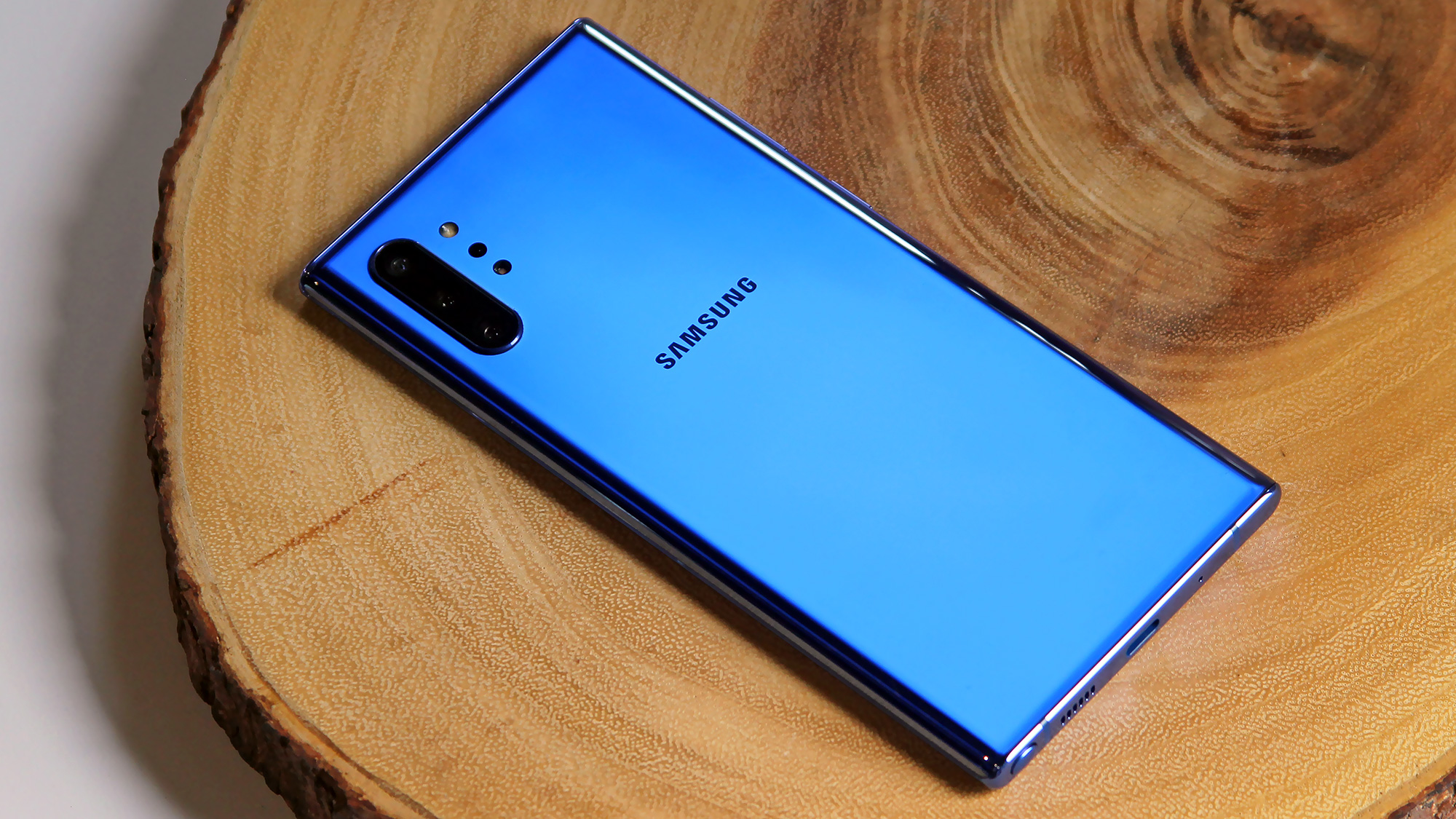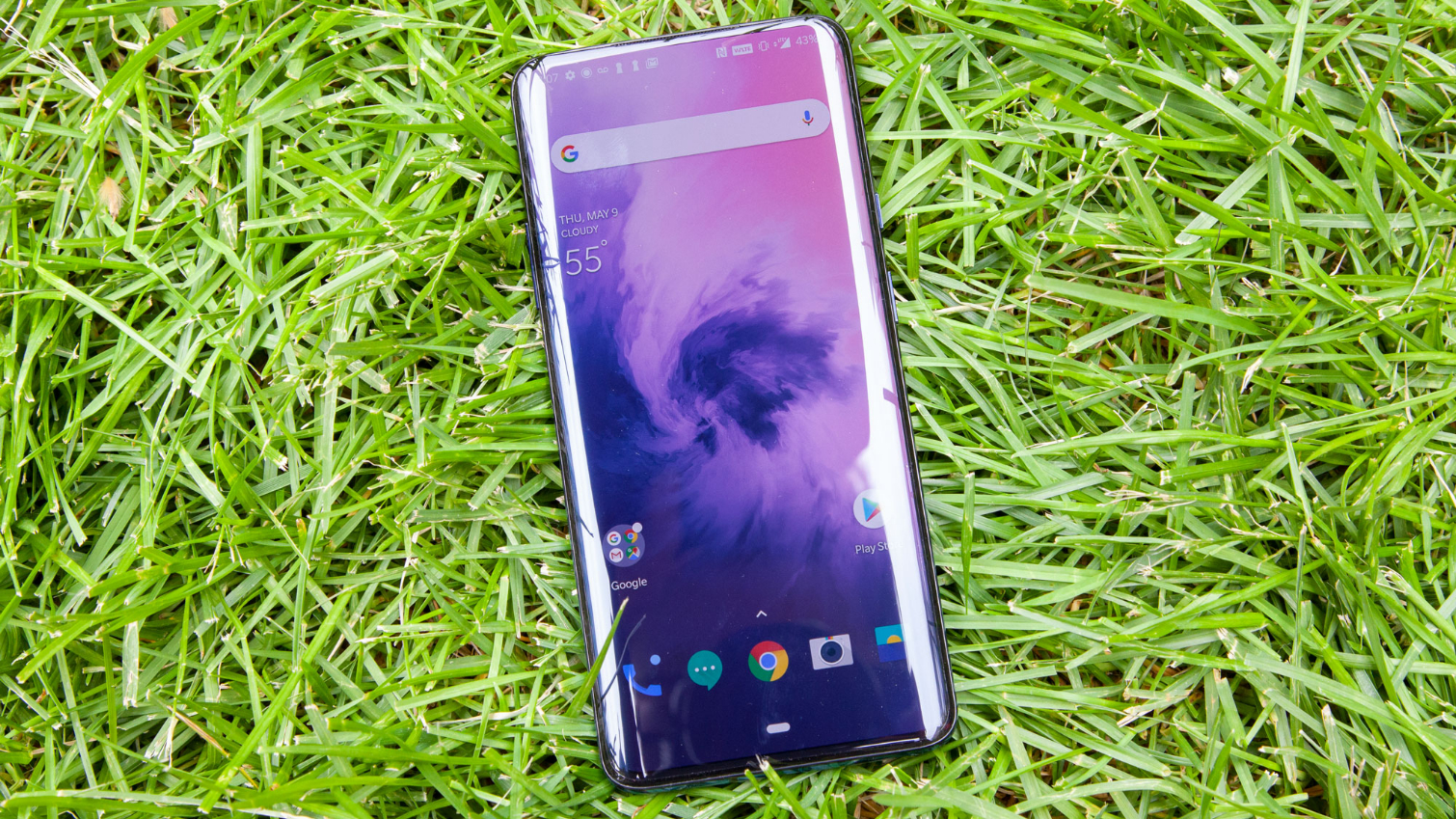EE 5G Rollout: Locations, Phones, Price and More
A guide to the UK’s first 5G network, and how you can use it.

Update, Aug. 8: EE now offers the Samsung Galaxy 10 Plus 5G as one of its available 5G phones. We’ve added new information and links to reflect this.
EE became the first UK mobile carrier to launch a 5G signal on 30th May 2019. Beginning with six cities, and due to grow steadily over the next year, there’s a fair amount of choice within the EE ecosystem, even if they are the only 5G carrier so far. Read on below to find out more about where you can get EE 5G and what you’ll need to buy and pay to access it.
EE 5G Cities: Where you can get it first
The first cities on EE’s launch schedule are the UK’s four capital cities — London, Cardiff, Edinburgh and Belfast, along with Manchester and Birmingham.
The second group of cities — Glasgow, Newcastle, Liverpool, Leeds, Hull, Sheffield, Nottingham, Leicester, Coventry and Bristol — will also get 5G this year, but at an unspecified time.
The next batch of locations come in 2020. These are Aberdeen, Cambridge, Derby, Gloucester, Peterborough, Plymouth, Portsmouth, Southampton, Wolverhampton and Worcester, as well as other locations yet to be announced.

How fast will EE 5G be?
While we haven’t tested the speeds for ourselves, EE promises an average speed of 150Mbps while using its 5G signal, with a top speed of more than 1Gbps. It’s likely that this speed will increase though. EE’s second and third phases begin in 2022 and 2023 respectively, and will mark the beginning of a fully 5G network, rather than the 4G/5G combination the carrier is currently using.
MORE: 5G Phones: Every Known Phone and Release Date
EE’s first 5G phones
There are currently five smartphones available on EE that can use its 5G signal, plus a couple of other compatible devices. The available phones are the Oppo Reno 5G, the Huawei Mate 20 X 5G, the OnePlus 7 Pro 5G, the Samsung Galaxy S10 5G and the LG V50 ThinQ, and then there’s also the option of pre-ordering the newly announced Samsung Galaxy Note 10 Plus 5G.

You can also register for the 5GEE Home Router (built by Huawei) and the 5GEE Mobile WiFi (built by HTC)
You can see all the phones and the different specs that EE offers them in here.
What you’ll pay for EE 5G
The cheapest offer is £49 per month for the Oppo Reno 5G, with the most expensive options are either the Samsung Galaxy Note 10 5G for £74 or £79 a month (depending on the storage capacity) for the cheapest 24 month plan with one or more of EE’s “Swappable Benefits,”, which include free data for video or music, BT Sport streaming or free extra roaming destinations. For context, these are roughly £5 to £6 more than the equivalent 4G plan.
If you’re just after a 5G SIM card, then EE offers three tiers with three different data caps — £32 for 20GB, £37 for 40GB and £47 for 60GB. All of these last for 12 months, which is kind of short for a contract, but on the other hand, you can still pick two of the four bonus options. Check the relevant page to learn more.

Outlook
You can’t argue with being first. If you want to try out 5G as soon as possible, then for the moment you’ll want to go with EE. But just because it’s the first in the UK with 5G doesn’t mean it’s going to be the best overall, and with a limited selection of rather expensive handsets, you may well not get the optimal deal either.
For the moment, your choice is between either EE or Vodafone, the only two live 5G networks in the UK. However, with Three due to switch on its own network in August, you may want to be patient for a few weeks so you can choose between three different carriers, instead of just two.
Sign up to get the BEST of Tom's Guide direct to your inbox.
Get instant access to breaking news, the hottest reviews, great deals and helpful tips.

Richard is based in London, covering news, reviews and how-tos for phones, tablets, gaming, and whatever else people need advice on. Following on from his MA in Magazine Journalism at the University of Sheffield, he's also written for WIRED U.K., The Register and Creative Bloq. When not at work, he's likely thinking about how to brew the perfect cup of specialty coffee.
